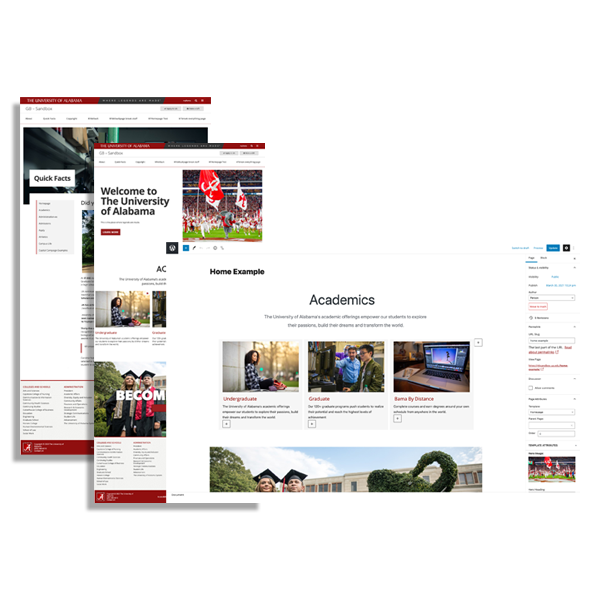Harper is a UA WordPress theme built on the WordPress Gutenberg editor with styling based on UA.edu. Harper is now deprecated, and is being replaced by UA WordPress Theme 3.
Check out the Web Hub for the latest on UA WordPress Theme news and releases.
